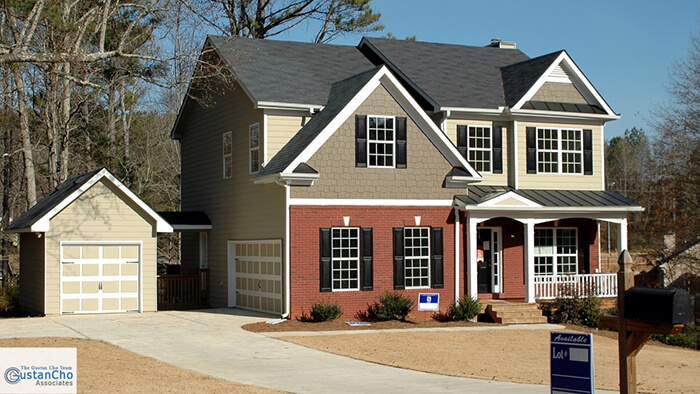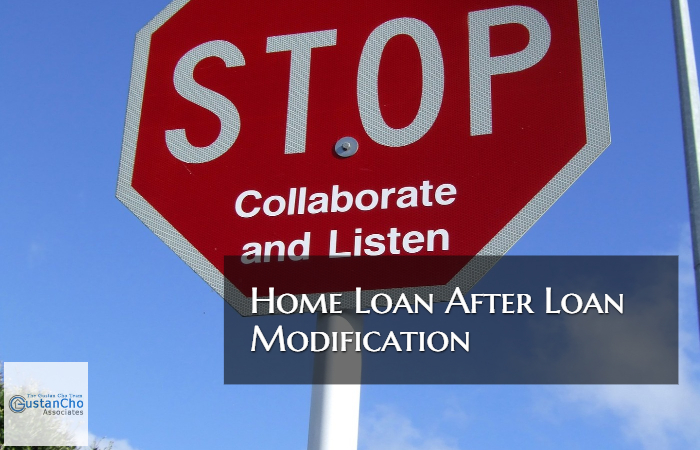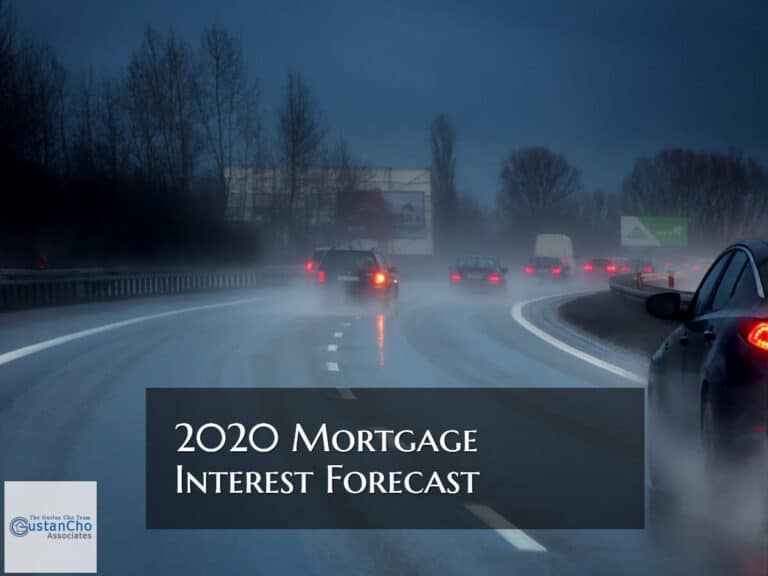Adjustable-Rate Mortgage Interest Rates Are Lower
In this article, we will discuss and cover adjustable-rate mortgage interest rates. Let us help figure out what is best! And if an ARM, Adjustable-Rate Mortgage is what is needed, please read on. In this article, we will discuss and cover the benefits of ARMs versus fixed-rate mortgages.
What Is Best To Use Adjustable-Rate Mortgage on Home Purchase
Most residential mortgage programs are 15-year fixed-rate mortgages or 30-year fixed-rate mortgages. The most common loan program for FHA and Conventional mortgages are 15-year fixed-rate and 30-year fixed-rate mortgages. However, most portfolio loan mortgages are adjustable rate mortgages.
So what are Adjustable-Rate Mortgage Loans?
Adjustable-rate mortgages are mortgage loans that are fixed for a certain period and then adjust every year after the fixed-rate period for the term of the loan. For example, on a 7/1 ARM (adjustable-rate mortgage), the mortgage loan is set at a fixed rate for the first 7 years. Then on the 8th year, it adjusts, and every year after until the term of the loan. As an example, all condotel and non-warrantable borrowers are only adjustable-rate mortgages. The most adjustable-rate mortgages 30-year terms are the 7/1 ARM, 5/1 ARM, and 3/1 ARM. With these adjustable-rate mortgages, the lender sets a starter rate.
How ARMs Works
Let’s take the starter mortgage interest rate of 5.25%. If we use the 7/1 ARM, for the first 7 years, the mortgage interest starter rate will be 5.25%. The interest rate cannot go lower or higher than the 5.25% starter rate for the first 7 years. The principal and interest are calculated on a 30-year amortized schedule. In the eight-year and every year after that, it adjusts. The adjustment is based on the index and a fixed margin. The margin always remains constant throughout the term of the loan. The index will be based on which index the mortgage lender goes by and will be disclosed prior to closing the loan. On Condotel and non-warrantable condo loans, lenders use the Cost Maturity Treasury index, also known as the CMT. Other popular and common indexes mortgage lenders use include LIBOR and COFI.
Index on Adjustable-Rate Mortgage
So if the Cost Maturity Treasury index is at 2.5 and the margin is at 3, the new rate in the 8th year will be set at 5.5%. Say on the 9th year the Cost Maturity Treasury index is at 2. The new mortgage rate in the 9th year will be the 2 Cost of Maturity Treasury index plus the 3 margin for a new mortgage rate of 5%. The 5% new 9th-year mortgage rate is lower than the initial starter rate of 5.25%. Unfortunately, most lenders have a clause on the mortgage that the adjustment rate on adjustable-rate mortgages cannot be lower than the start rate. In this case, the 5% new rate would be lower than the 5.25% starter rate so the interest rate on your 9th year will be 5.25%.
Jumbo Mortgages And Adjustable-Rate Mortgage
A large percentage of Jumbo Mortgage Loans, especially super jumbo mortgage loans, are adjustable rate mortgages. Most super jumbo mortgage loans, jumbo loans of $3 million and higher, are adjustable rate mortgages. If you have any questions on an adjustable-rate mortgage, please contact us at 1-800-900-8569 or text us for a faster response. Or email us at gcho@gustancho.com.
How Adjustable-Rate Mortgage Benefits High Debt To Income Ratio Borrowers
Adjustable-rate mortgage loans are also referred to as ARM. ARMs are 30-year term loans but work as follows:
- Amortized over 30 years
- Initial fixed rate period such as 5/1 or 7/1 ARM
- The initial rate on 5/1 ARM is a fixed percentage
- The 5 stands for the initial first 5 years
- Fixed-rate for the first five years
- Interest rates will adjust every year after the fifth year for the balance of the 30 year term
- The period between these rate changes after the fixed-rate period is called the “adjustment period.”
- A loan with an adjustment period of one year is a one-year adjustable-rate mortgage
- The interest rate and payment can change every year during the adjustment payment period
- Under a five-year ARM 30-year loan term, mortgages rates are fixed for the first five years fixed-rate period
- With a 5/1 ARM, the rate will start adjusting in year 6
In the following paragraphs, we will discuss and cover How Adjustable Rate Mortgages Benefits High Debt To Income Ratios.
Mortgage Rates On ARMs Versus Fixed-Rate Mortgages
Adjustable-Rate Mortgage generally have lower mortgage rates than 30-year fixed-rate mortgages. Lower rates mean lower housing payments. ARMs are highly recommended for the following types of borrowers. First Time Home Buyers purchasing a starter home. Borrowers with lower credit scores need to refinance near future. Borrowers who cannot qualify for a mortgage due to the high debt to income ratio.
How To Calculate Adjustable-Rate Mortgage
The primary factors that determine interest rates on adjustable-rate mortgages are as follows:
- ARMs start with a fixed start rate
- Mortgage Rates will adjust after the initial fixed-rate period
- Adjusted rates are the sum of the index and the margin
- Unlike 30-year fixed-rate loans where the principal and interest payments remain the same over the term of the home loan, ARMs can change year after year after the initial fixed-rate period
- An index is a variable number that can change
- The volatility of the index depends on which index the lender chooses
- The index is a factor to where ARMs are linked to and most lenders will have maximum adjustment and lifetime caps on mortgage rates
- Margin is a fixed rate over the life of the home loan
- It is the change in the index that changes the interest rates on adjustable-rate mortgages
Understanding Adjustable-Rate Mortgage
Understanding Adjustable-Rate Mortgage can be confusing. The best way to explain and fully understand ARMs is by using a case scenario. Here is an illustration on a case scenario on a case scenario where the borrower has a very high debt to income ratio and needs to go with an ARM to lower his DTI in order to qualify for a mortgage:
- 30 year fixed rate is at 5%
- 5/1 ARM is 4.0%
- 7/1 ARM is at 4.125%
So if a borrower does not qualify for a mortgage due to high DTI, can we do a 5/1 ARM at 4%? The answer to the above question and case scenario is NO. On 5/1 ARMs, lenders will use a qualifying rate versus the note rate. The qualifying rate on 5/1 ARMs is taking the note rate of 4% and adding an additional 2% to the note rate the qualifying rate will be 6%. However, borrowers can go for a 7/1 ARM which allows mortgage underwriters to qualify borrowers at the note rate of 4.125%. There are no qualifying rates on 7/1 ARMs. The index underlying the ARM is a variable. The margin is constant throughout the term of the mortgage.
Common Indices Used By Lenders on Adjustable-Rate Mortgage
The most popular indices most commonly linked to ARMs are the following:
- Constant Maturity Treasury (CMT)
- 11th District Cost of Funds Index (COFI)
- London InterBank Offering Rates (LIBOR)
Not all index rates are the same. Some indexes are higher than other indexes. Many mortgage companies base the margin spread on borrowers’ credit scores. Higher credit score borrowers will get lower margins. Other mortgage lenders leave the margin constant for all of their borrowers.







